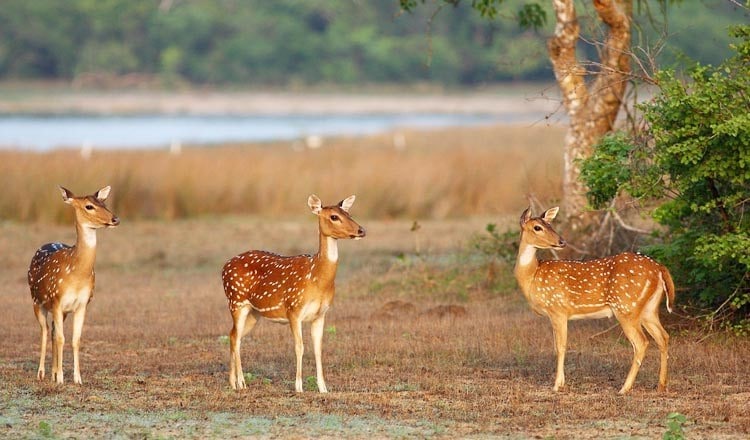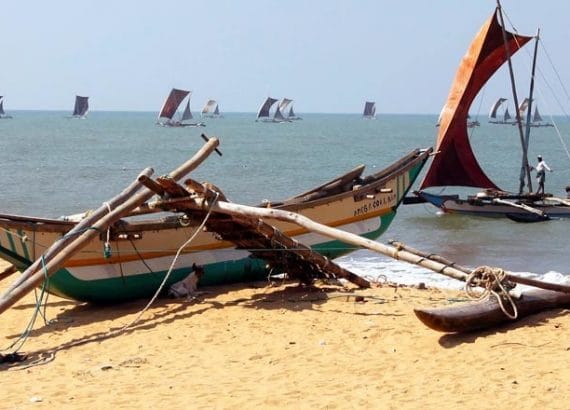Wilpattu National Park

Wilpattu National Park
At 1,320 sq km (510 sq miles), Wilpattu is the largest national park in Sri Lanka comprising a wide range of habitats, including thick jungle, grassy plains, a section of coastline as well as a series of villus (natural lakes). Although most of the large mammals found in Sri Lanka, such as elephants, barking deer and water buffaloes, can be seen here, leopards are the biggest attraction. The park is also home to the elusive sloth bear.
Before the Civil War, Wilpattu was one of the island’s most popular parks. However, it was shut down in 1985 following an attack on its wardens by LTTE cadres. The park reopened briefly between 2003 and 2006, but was closed again until it started welcoming tourists once more in 2010.
Wilpattu is a lot quieter than other Sri Lankan national parks. Wildlife suffered greatly at the hands of poachers during the Civil War and is still recovering; numbers here are significantly lower than in parks such as Yala and Udawalawe. Also the vast expanse and thick undergrowth of the park keep animal sightings few and far between. Birders should have more luck than wildlife enthusiasts – Wilpattu is home to birds such as the crested serpent eagle, the brown fish owl and the brown-capped woodpecker. In addition, visitors may catch sight of crocodiles and water monitors in the villus.
For the last few years Wilpattu has been at the centre of a conflict between conservationists and the government. A Chinese-funded road, being built through the park to link Puttalam with Mannar, was considered “illegal” by conservationists because it passed through a recognized national park. Environmentalists highlighted the damage that the construction would cause to the park’s ecology and wildlife. As a result, work on the road has been halted, but it is yet to be seen if the jungle will be the left reclaim area.




